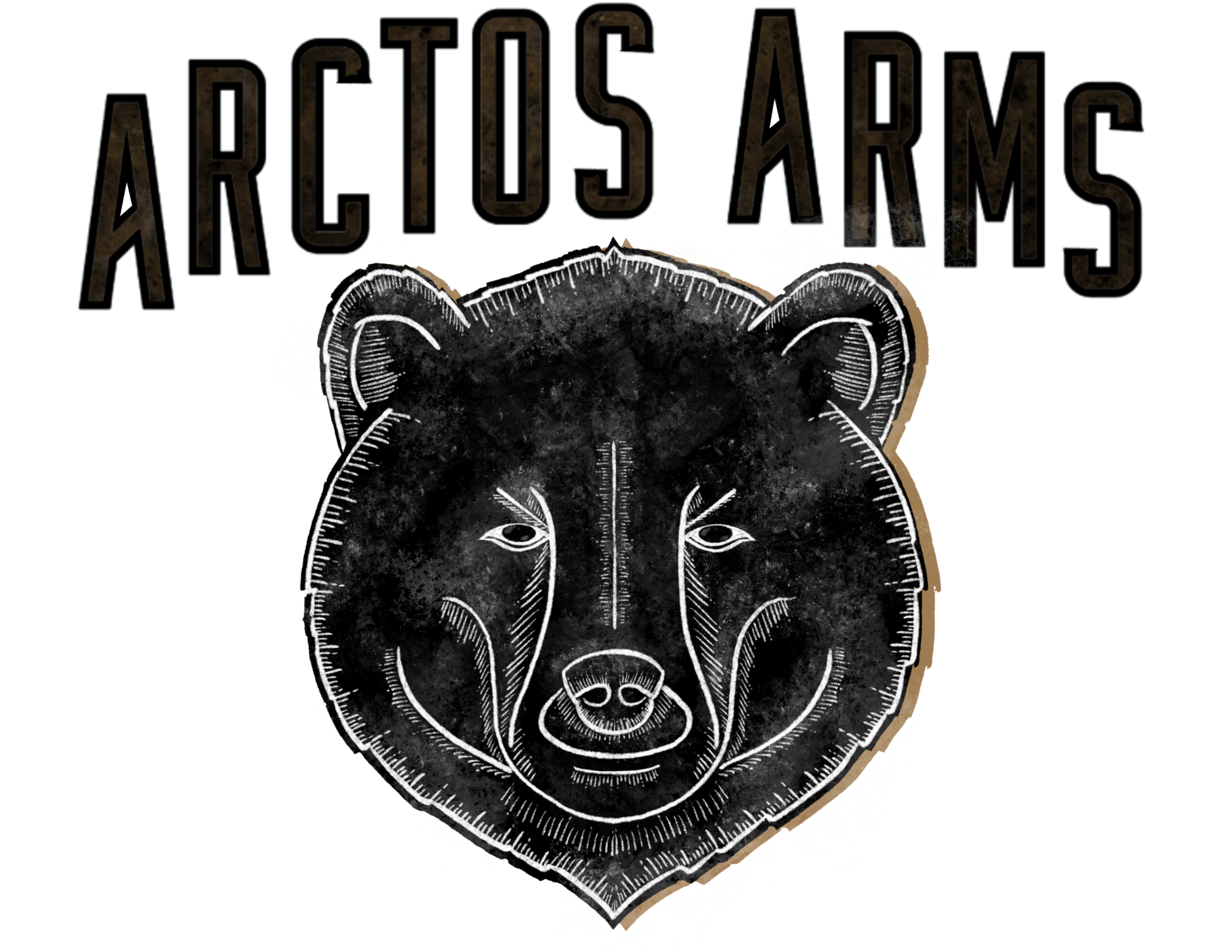When is a Chest Holster a better option over traditional hip holster?
- Hiking & Backcountry Trekking
- Hunting
- Camping
- Mountain Biking
- Trail Running
- Fishing (especially in remote areas)
- Off-Roading (ATV Riding)
- Rappelling and Rock Climbing
- Survivalist/Preparedness Training
- Wildlife Photography in Remote Areas
So... Why a Chest Holster?
1. Hiking & Backcountry Trekking
- When navigating uneven terrain, a chest holster keeps your hands free for climbing, balancing, and using trekking poles, while still allowing easy access to your firearm for protection against wildlife or other threats.
2. Hunting
- For hunters, especially those in dense woods or mountainous areas, a chest holster offers quick access to a sidearm if needed for self-defense. It also avoids interference with backpacks or gear while hiking. As well as keeping your firearm from snagging on brush and other things, as is common with hip and drop leg holsters.
3. Camping
- While camping in remote areas, having a sidearm easily accessible can provide security from wildlife or other potential dangers. A chest holster keeps it within reach while you’re cooking, gathering wood, or setting up camp.
4. Mountain Biking
- Mountain biking often involves rough, fast terrain where you need your arms free for control. A chest holster keeps your firearm or tools securely in place while giving you easy access when needed.
5. Trail Running
- Trail running can be fast-paced, and a chest holster offers a secure yet accessible location for carrying a firearm without it bouncing around or hindering your stride. It’s especially useful in areas with potential wildlife threats.
6. Fishing (especially in remote areas)
- If you’re fishing in rugged or isolated locations, a chest holster allows you to carry a firearm for protection while keeping both hands free for fishing, casting, or handling equipment.
7. Off-Roading (ATV Riding)
- Keeps your firearm secure and easy to reach without interfering with the operation of your ATV, especially in remote or rugged terrains where self-defense may be necessary.
8. Rappelling and Rock Climbing
- While climbing or rappelling, having a holster on your chest avoids any risk of a side or thigh holster catching on ropes or equipment. It keeps your weapon or survival gear accessible while allowing full movement.
9. Survivalist/Preparedness Training
- In survival scenarios or during preparedness drills, a chest holster offers a stable and accessible place for your firearm or emergency tools. It enables quick action and ease of movement without the hindrance of side holsters or backpacks.
10. Wildlife Photography in Remote Areas
- If you’re photographing wildlife in remote regions, particularly where dangerous animals are a concern, a chest holster ensures your firearm is easily accessible if needed for safety, while not interfering with your photography equipment.
In these activities, a chest holster provides comfort, security, and quick access, especially when you need to move freely or keep your hands available for other tasks.




